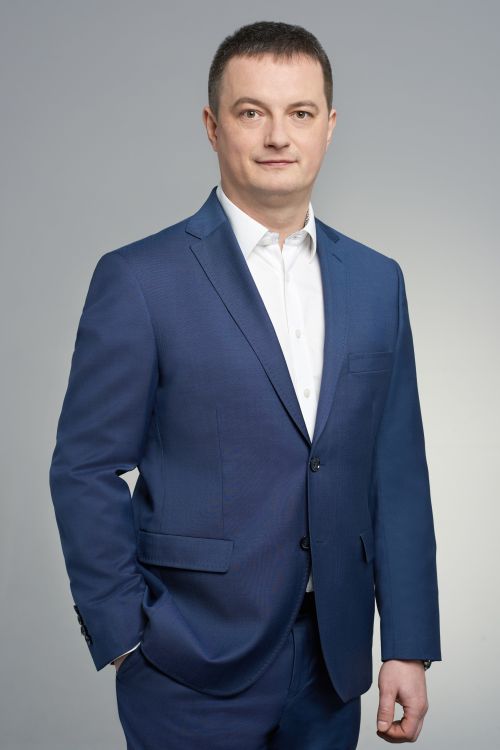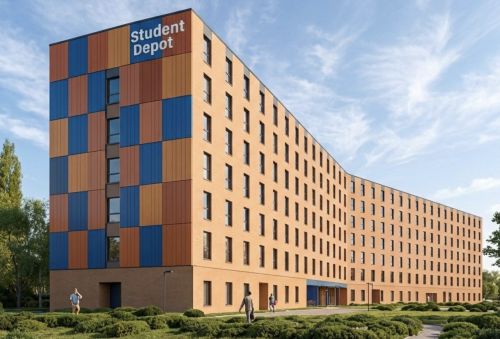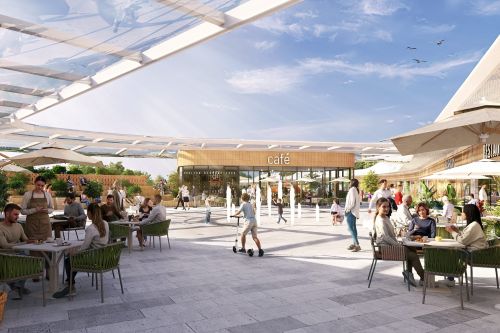‘Eurobuild CEE’: What do you do to ensure your warehouses are environmentally friendly?
Michał Samborski, development director, Panattoni: Well, it’s a whole bunch of things. The most important of these is that if you want your buildings to be environmentally friendly, you can’t just focus on one area – you need to consider many aspects. We are now, for example, planting a wider variety of greenery, so that instead of having just lawns, there’s also greenery that’s tall or of medium height around our projects. Thus areas friendly for birds and insects are created. These will be refuges for them. So that’s one direction we are now taking. Another big area is using the right building materials so that we avoid any that are harmful to the environment. We don’t want to choose anything based only on its effectiveness; we also want to consider its environmental impact. The next thing we are doing is following the best construction pract
























































